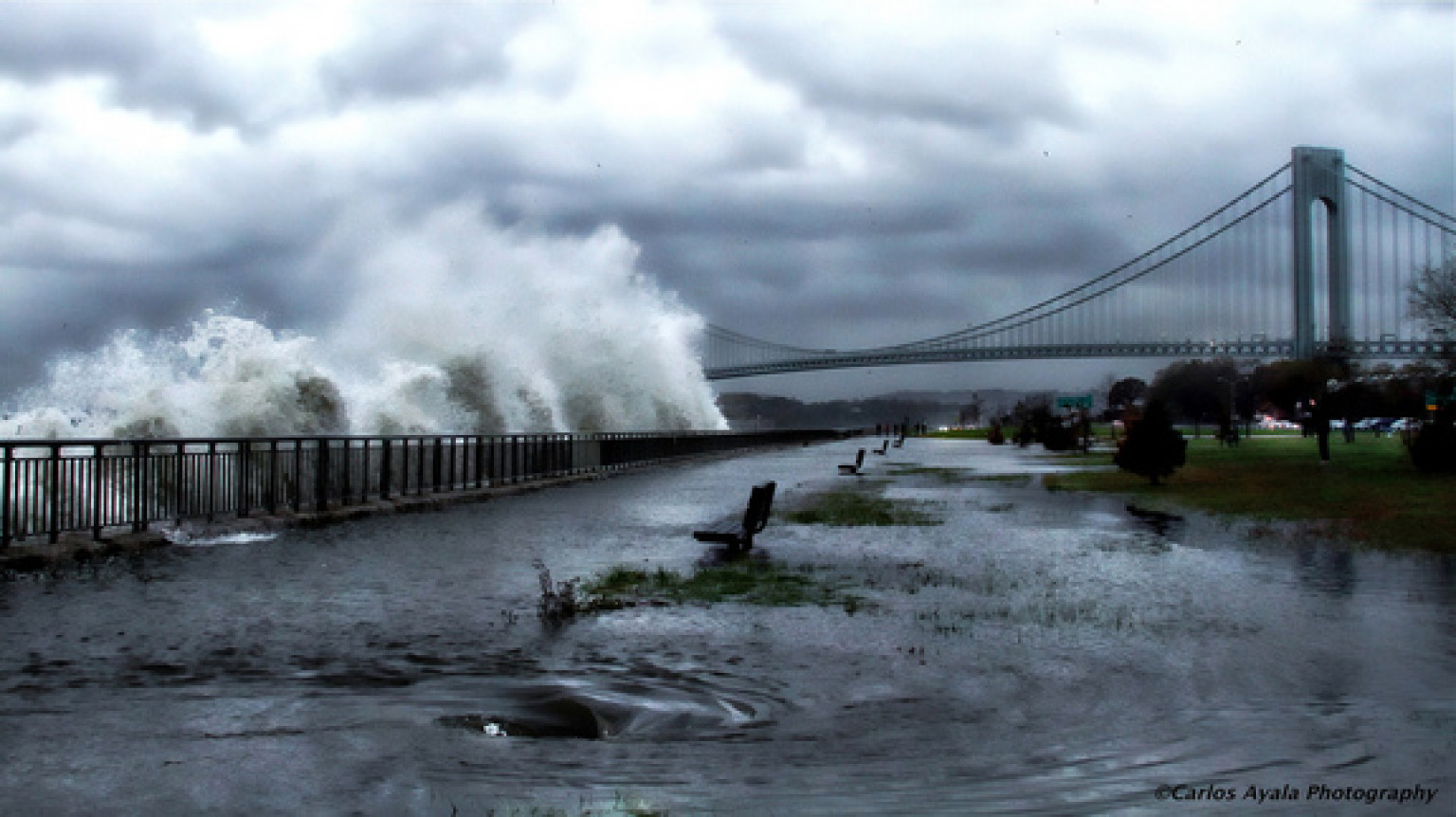
Along with flood waters, Hurricane Sandy raised death rates among dialysis patients in New York and New Jersey.
An analysis of Medicare claims data found that 30-day mortality rates rose to 1.83% during Sandy, compared with 1.47% among those living in states unaffected by Sandy, and 1.6% among those living in New York and New Jersey a year before the hurricane hit.
Nicole Lurie, MD, MSPH, assistant secretary for preparedness and response at the Department of Health and Human Services, and colleagues reported their findings in the January issue of the American Journal of Kidney Disease.
End-stage renal disease (ESRD) patients also visited the emergency department more frequently during Sandy than they did in the other two comparison groups (4.1% versus 2.6% and 1.7%, P<0.001 for both).
And hospitalization rates were higher for these patients during the storm (4.5% versus 3.2% and 3.8%, respectively, P<0.001 and P<0.003).
"The research showed clearly that delaying dialysis can have devastating health effects for patients with end-stage renal disease," Lurie said in a statement.
But preparedness procedures may have prevented those numbers from going any higher, she noted.
Just before Hurricane Sandy hit, state health officials encouraged dialysis centers to treat patients ahead of their scheduled visits -- a practice called "early dialysis."
Among 13,264 patients, almost 60% were given early dialysis ahead of the storm, either on that Saturday, Sunday, or Monday (Sandy's worst impact came the evening of Monday, Oct. 29), indicating that the "preparedness practice of providing early dialysis ... was widely implemented," the researchers wrote.
"The good news is that we saw a lot of patients receiving dialysis before the storm hit," Lurie said. "That type of advance planning by patients and their facilities should become routine nationwide."
"Everyone involved should know what to do when their facilities might close," she continued. "Patients should know where to go, and facilities should be able to provide a surge in early dialysis care so treatment is not delayed. At the end of the day, that helps people and their communities be more resilient."
The study did note, however, that there was significant regional variation in delivery of early dialysis, suggesting some room for improvement.
"About 40% of patients did not receive early dialysis, which means there is still plenty of room for dialysis patient and facility improvement," Lurie said. "I hope these findings serve as a rallying cry, not just for the dialysis community, but for all for people with any type of chronic health condition and their care providers to plan for emergencies."


